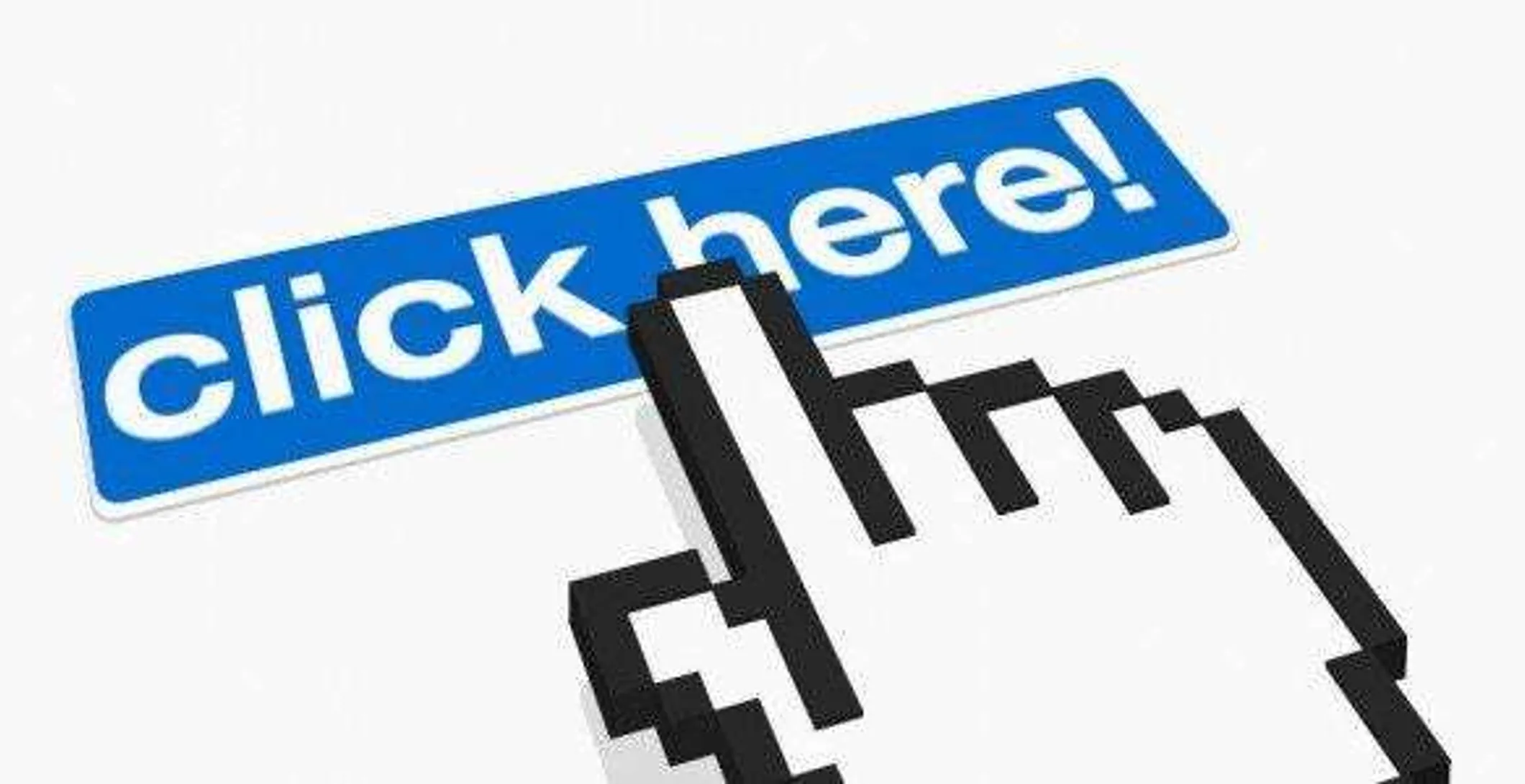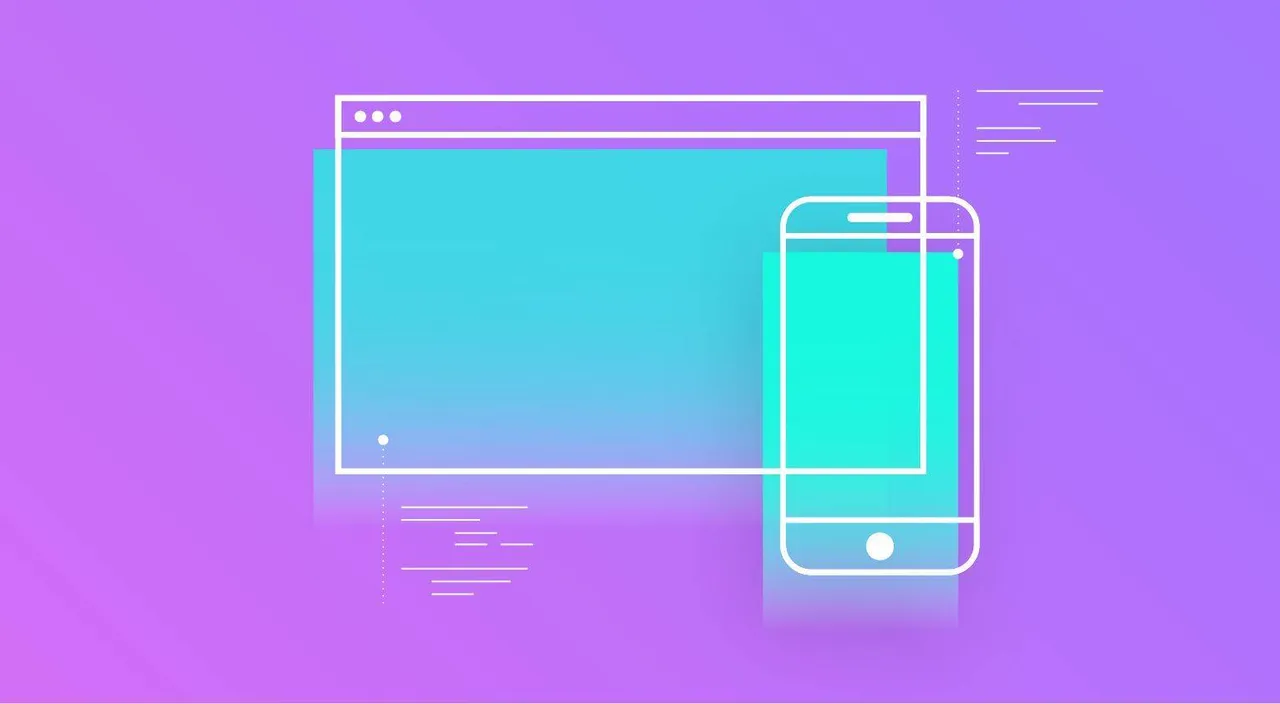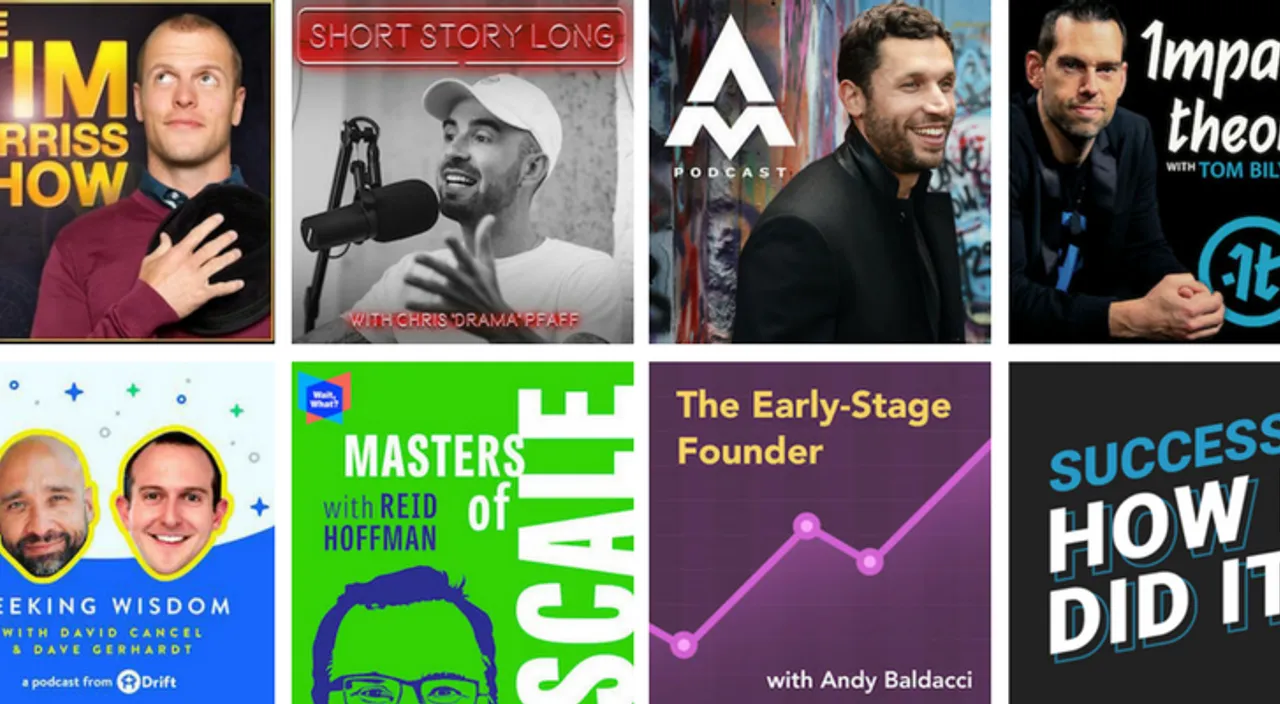You may have invested so much time, effort and money in your eCommerce store to make it simply beautiful. Hours and hours put in perfecting the design, the technical requirements making the shopping experience as smooth as possible and employing the best online marketing activities to get your website traffic. However, as much as you are happy with the number of users and potential customers browsing through your store, you’re not nearly as thrilled with the number of conversions you are getting at the end of the month. So why aren’t users adding products to their cart?
There are many factors that influence the online purchasing process and a visitor’s experience in an online store. The quality of products, product pages organisation, the usability of the website and its authority are all key elements we analysed in previous weeks. Today we look at how to implement effective eCommerce call to action to make sure your customers know where to click and are enticed to do so while browsing through your webshop categories and products.
What does call to action (CTA) mean?

In online marketing, a call to action is anything that aims at influencing the customer to take the action you want him or her to take. This could be clicking on a specific link, landing on a webpage, subscribing to a newsletter, following a brand on social media. When it comes to eCommerce, the most notable call to action is clicking on that BUY NOW or ADD TO CART button.
It is very hard to identify a universal rule how to best design or place that button and every website should test more than one type of button in order to find out the most effective one.
However, what we can do is round up the best techniques proven to make that call to action more effective and leading to higher conversion rates.
Designing your call to action button
No button is the same as another. What we’re trying to say is that you should give some thought to the kind of button you will be displaying on your product pages and that allow for customers to add the product to their shopping cart.
First of all, make sure that your button is actually a button as there are many marketing research studies that proved a graphic element (such as a button) is more effective than text linking to carts. Also, pay attention to what will you write within the text. No long sentences allowed! One or to words that stand for the call to action you want the customer to take will do (as simple as 'buy' or 'buy now' sound, these calls to action are clear and direct and that is what the customer will look for on a product page).

In some cases adapting the CTA text to the type of marketplace you're in and the product you’re selling is actually a great creative way to make your brand more memorable. For example, if you are selling bakery ingredients, you may use the BAKE IT call to action within your product page button.
The right colors to use
Just like there is no universal button design that works, the same applies for colors. Make sure you choose a color that stands out on your page. If the color of your button is very similar to its background, the customer may have a hard time seeing it. Also, it’s always good to use colors that are complementary to your brand’s identity.

Stay clear of too many colors and animation as these may indicate too much playfulness; remember that nobody want playfulness when it comes to paying for something.
Indirect call to action will make a difference in filling carts
Buy now buttons are the most direct call to action in eCommerce. However, don’t forget that when a user lands on your homepage he or she will be mostly attracted to images. This is why it is very important to use your hero images as a call to action. Hero images are those images used in your homepage banner or carousel and are the first thing a customer sees when landing on the website.

Your here images must be clear, professionally edited and must grab your customer's attention just to make him click on the image to find out more about what the image features. In case it’s a product, the hero image should link directly to your product page where the customer can add the product to their cart.
Always above the fold
Above the fold is what your customer sees when landing on your website. If he needs to scroll down to find something, that means that the element he is looking for is placed below the fold.
As highlighted in the previous paragraph, the customer’s attention goes to what he sees first. So you need to decide what information is the most relevant for the customer to see. Usually, product images, prices, product descriptions and CTA buttons should always be above the fold. The less the customer needs to search for info and the more he will be inclined to purchase the product before loosing interest because he simply can’t find where to go next.

No matter your marketplace or the type of services you offer, a call to action needs to be very clear to the customer in order for him or her to take the action. Always put yourself in your potential customer's shoes and think of what would you do and what would you like to see when landing on your eCommerce website.




